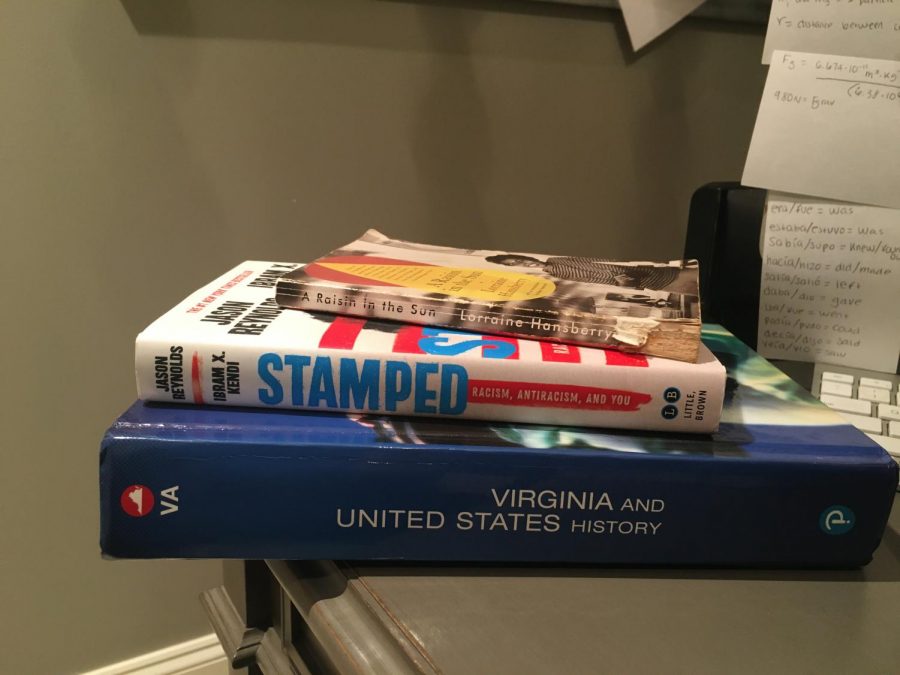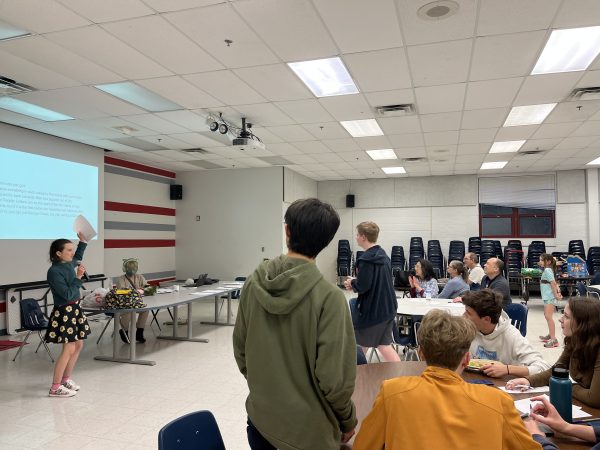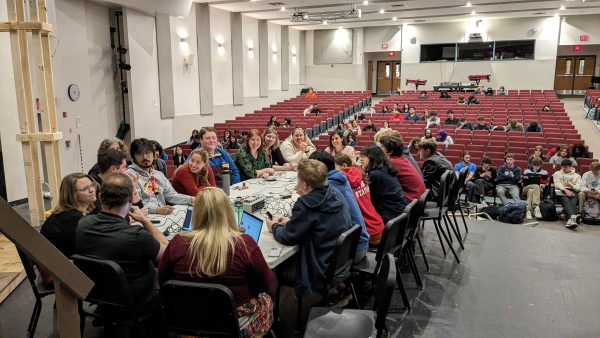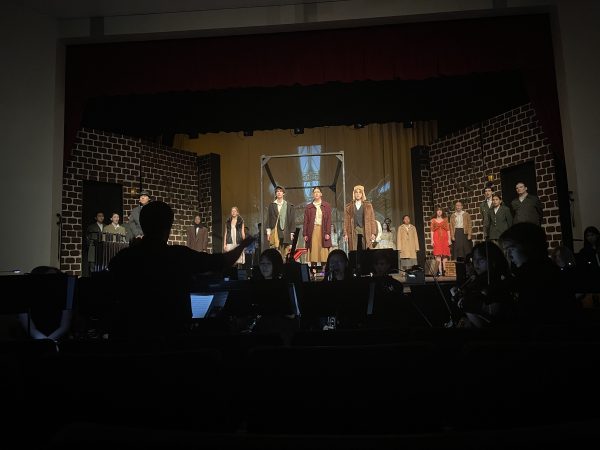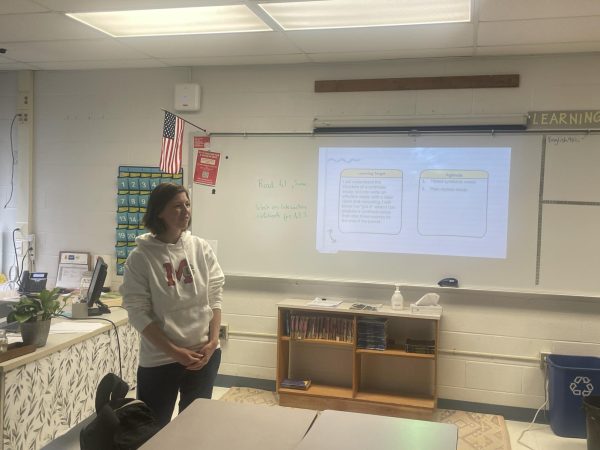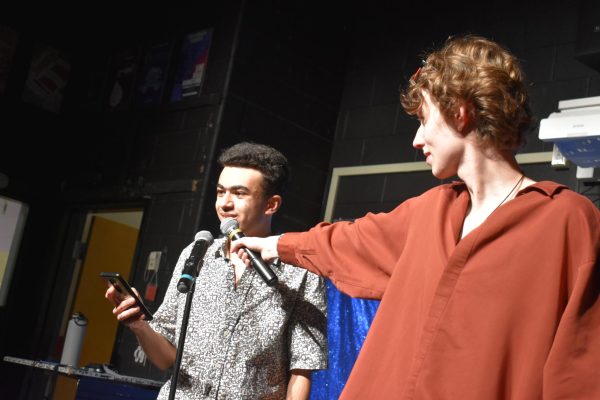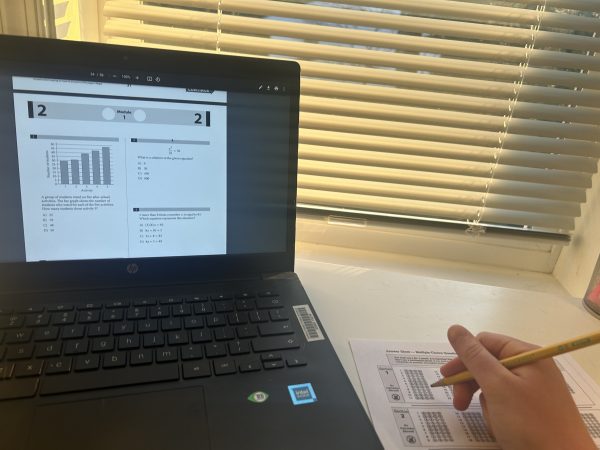English and social studies classes become more inclusive
Teachers find ways to teach more diverse perspectives pertaining to current events
THE BOOKS – This year, the junior class has been given the ordinary textbooks along with readings about racial inequality. “I have read the works of John Lewis, Frederick Douglass, The Crucible, etc.,” junior Einmon Tha said.
The English and social studies departments have shifted their curriculums to include more diverse perspectives, which focus more on racial inequality than they have in previous years.
Throughout 2020, people around the world have sought to facilitate social change. Teachers have been more encouraged to mention to their students the importance of current events and to pay attention to the changes being made.
The English and social studies departments hope to inspire racial awareness and further educate students about underrepresented groups of people in history.
“I feel that it is important to expose students to diverse perspectives because history isn’t linear,” U.S. History teacher Anna Williams said. “Without bringing in diverse perspectives, we are learning an incomplete picture of an event or time period.”
In history classes, teachers have begun to talk about other perspectives that the textbooks do not necessarily mention. Some classes, for instance, are placing more emphasis on the viewpoints of Native Americans. This perspective shift attempts to focus more on just the colonists who came from Europe.
“I definitely do think the teachers are being more informative about different perspectives in history, and are doing a better job of including important perspectives from minority groups, and the importance of hearing all sides of a story,” junior Einmon Tha said.
Usually, history classes are taught based on the content in the courses’ textbooks and supplementary primary source documents. Now, history teachers are including more resources focusing on topics like racial segregation, along with current events to keep students aware about what is going on.
“We added the book Stamped: Racism, Antiracism, and You to the U.S. History curriculum as a supplemental text to our textbook this year as a way to bring more diversity into our studies,” Williams said. “While textbooks are informative, they can sometimes present a one-dimensional perspective. We look forward to using this book to help tell the story of Black Americans from an antiracist perspective.”
The English Department has also made changes to their curriculum to include different points of view. English teachers are educating their students on traditional lessons, while including more pieces about people who have experienced racism or inequality.
“Over the last two years, the English department has done a book audit and ordered 2,000 new books to work towards adding a wider range of voices and perspectives to the curriculum,” Phanthavong said.
Thanks to the new material, students have become more educated and are better equipped to form their own opinions on current events. They are more inclusive to spreading racial awareness and from that, the current generation of students now are more susceptible to spreading change.
“My knowledge has definitely expanded this year about racial inequality,” Tha said, “and the teachers are helping expand this knowledge.”
Your donation supports the McLean High School's independent, award-winning news publication.



